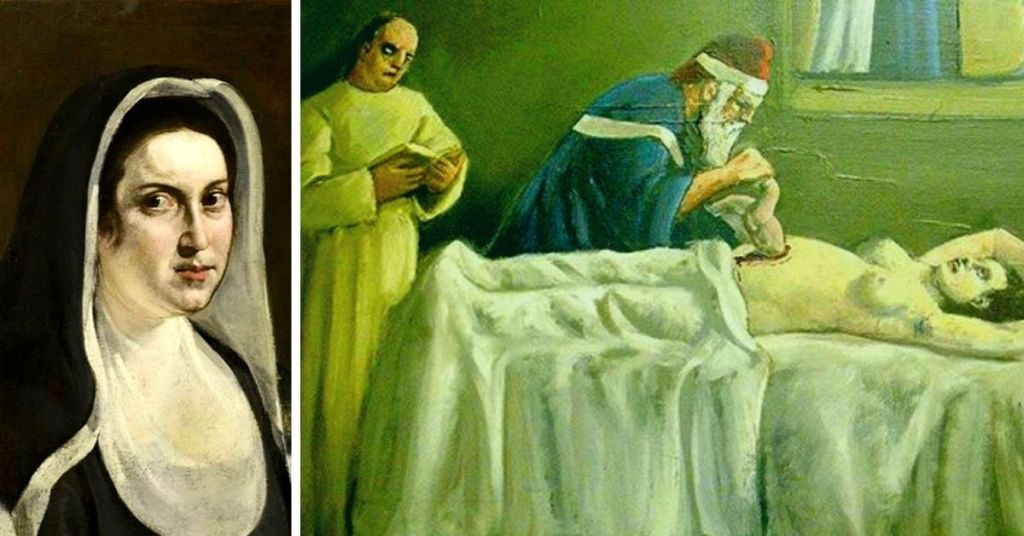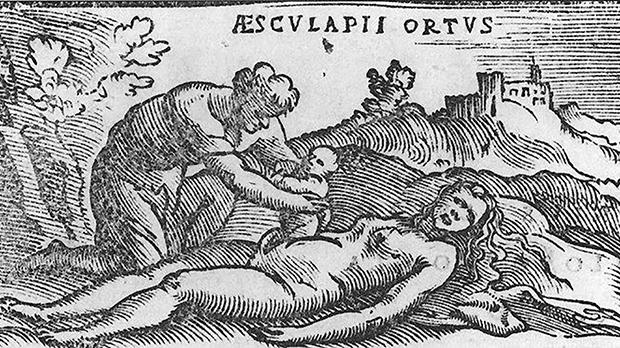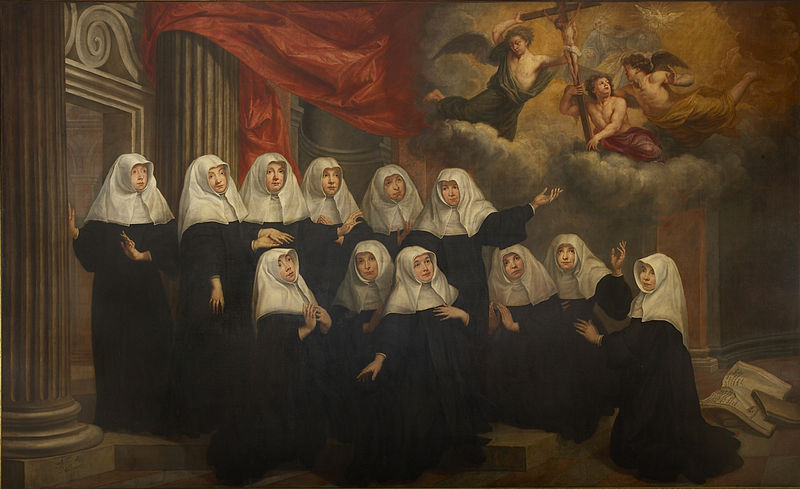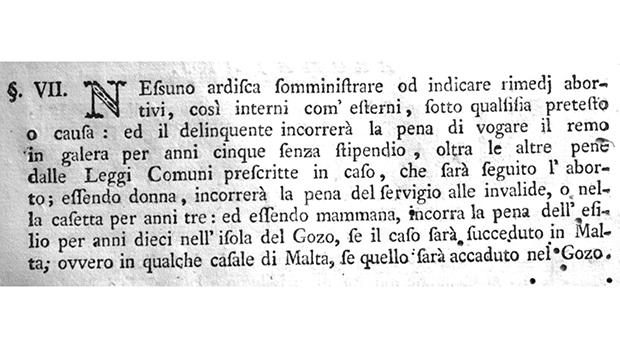From Satanic Sex To Boss Nun: This Is The Story Of The Earliest Abortion On Record In Malta

When we talk about the abortion debate in Malta, it seems like things only began to bubble up over the last two years. But the real history of this controversial issue stems way back beyond half a millennia ago.
Abortion in Malta was in fact legal some 460 years ago, research by Judge Emeritus and constitutional expert Giovanni Bonello shows, until Grandmaster Lascaris of the Knights of St. John outlawed it in 1650.
The Italian nobleman criminalised the consumption of all abortive substances, while any woman found to take them would get publicly flogged and ousted from society. Any medical person who prescribed them, gave advice or aided in getting an abortion would be forced to row in the galleys for five years.
But Malta’s earliest surviving record of abortion dates just a few years prior to the ban.
In 1647, a noble teenage girl named Gertrude Navarra spontaneously went to the Inquisitor Antonio Pignatelli, who later become Pope Innocent XII, to confess her rather colourful sins.

A painting depicting a surgeon performing a Caesarean section
Navarra confessed that she had been having copious amounts of sex with several men and animals that were brought to her by Satan, all while residing in St. Ursula’s monastery in Valletta.
She even described obtaining a real human penis for her own self-pleasure.
The young noblewoman named two men she shared beds with the most: Luigi Corogna and a French Knight named Gianforet.
Because of her promiscuous adventures, Navarra went on to have several abortions, carried out by a certain Mariettina.
Despite her “sins”, Navarra repented and returned to the convent as a nun of St. Ursula, eventually becoming the prioress of the convent on three occasions.
While the written history of the abortion is laced with accounts of Satan, paedophilia, bestiality and even witchcraft, abortion was practised in all social classes, from nobility down to the pauper, as well as nuns and prostitutes.
But despite its universality, abortion was treated as some still do today, regarded as sinful, illegal and done in utmost secrecy.
And because it was outlawed and contraception, though available, was rather rudimentary, women resorted to dangerous means of ridding their pregnancies.
Historian Frans Ciappara researched 18th-century records detailing abortions under the Inquisitor’s reign, including Veronica from Birkirkara who took a dose of myrrh to try to terminate, or Lija teenager Rosa Mifsud who was tricked into thinking that swallowing a piece of paper in water would help her miscarry. It obviously didn’t work and she faced the wrath of the Inquisitor.
Among the documents were other scandals at the Convent of Santa Scolastica in Vittoriosa.
Rumour had it that a group of nuns were participating in sexual acts, together or on their own, in front of holy images of Jesus and Mary.

Painting by Jan van Helmont, between 1665 and 1714
Another nun, Sister Leonora Muscat, was found to have had sexual intercourse with Satan himself, who took on a human form to satisfy her lust. She was even rumoured to have made her own tarot cards. Gossip eventually reached Inquisitor Angelo Maria Durini, who ordered she underwent medical inspection after suspicion that she got rid of a pregnancy.
While abortions kept happening, the Order of St. John cracked down further on those committing the act. If a woman proposed or provided abortive remedies, she would have to spent three years in the Casetta, which was the hospital for incurable women in Valletta for three years.

Grandmaster de Rohan's legislation that further cracked down on abortion
Parish priests later on in the century acted like the abortion police: they had to find out which of their unmarried churchgoers were secretly pregnant, and prepare for caesareans and baptisms to be carried out.
If women were too poor to keep the child, the priest himself would help the mothers with free food and medicine, too.
Ironically enough, Malta’s abortion laws have not changed much since the reign of the Knights of St. John. What is certain is that women have always needed the procedure, whether it’s the 17th or 21st Century.
Today, with a full blanket ban on abortion, women in Malta carrying unwanted pregnancies have very limited options. It’s still criminal to seek advice of medical professionals and the practice is still criminalised on the islands.
History has shown us that women of all walks of life get abortions: from nuns to prostitutes, the rich and the poor. And while they’ve gotten safer and easier through hundreds of years of science, our legislation makes women unnecessarily risk their lives.
We’ve come along way since the 1600s: we’ve got independence, a constitution, women’s suffrage, LGBT+ rights and a plethora of other civil achievements: so why are Malta’s abortion laws stuck in the 17th century?
Do you think Malta needs a 21st Century upgrade to its law?
